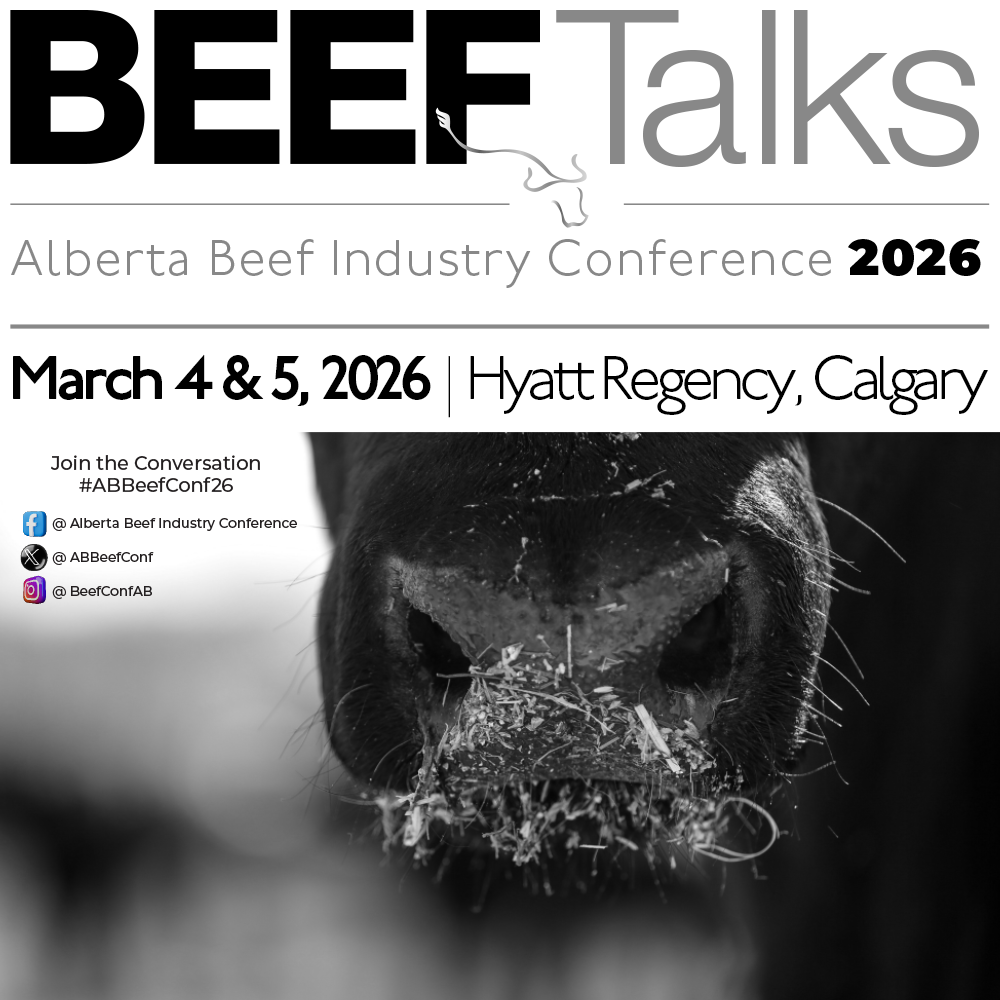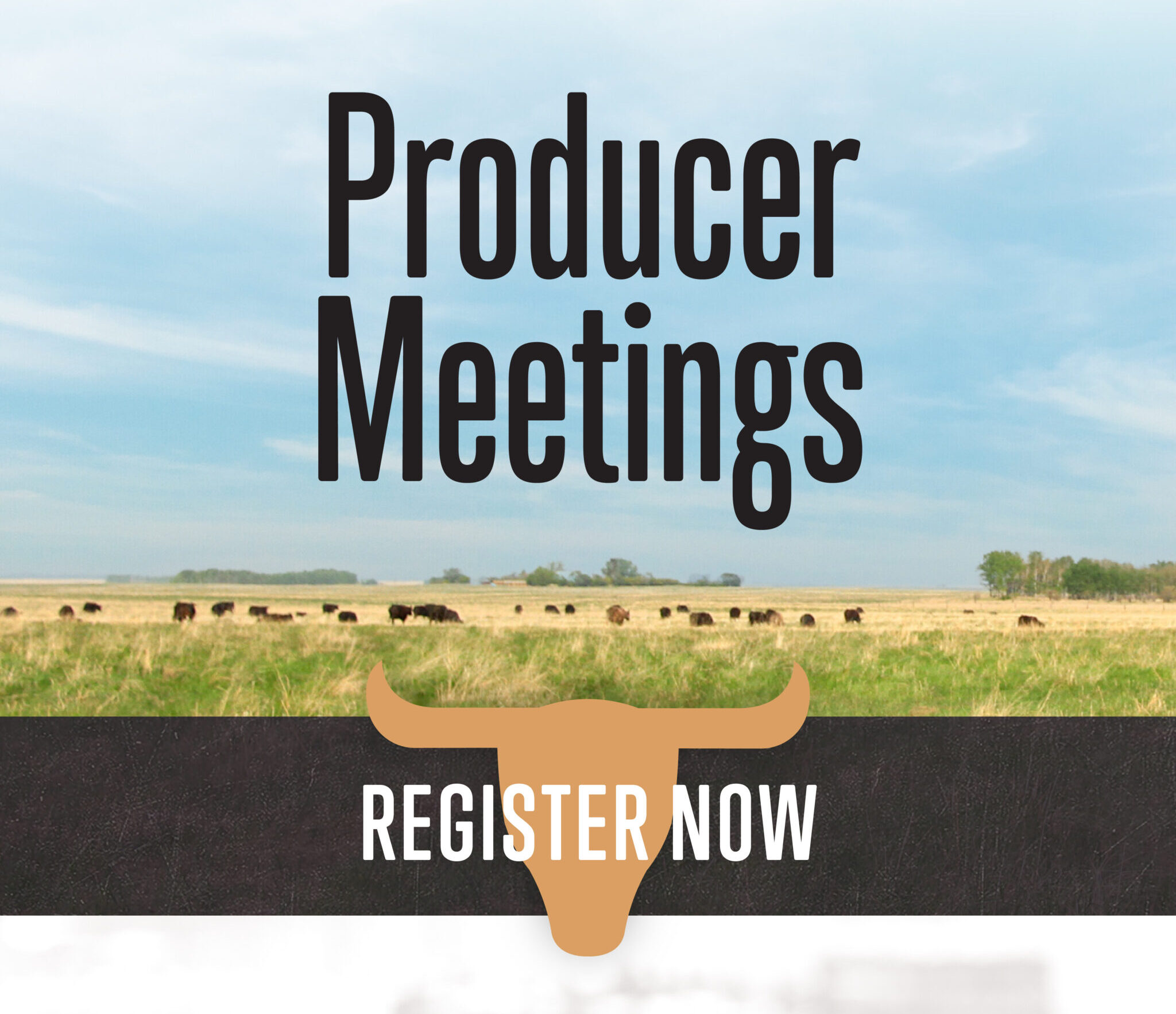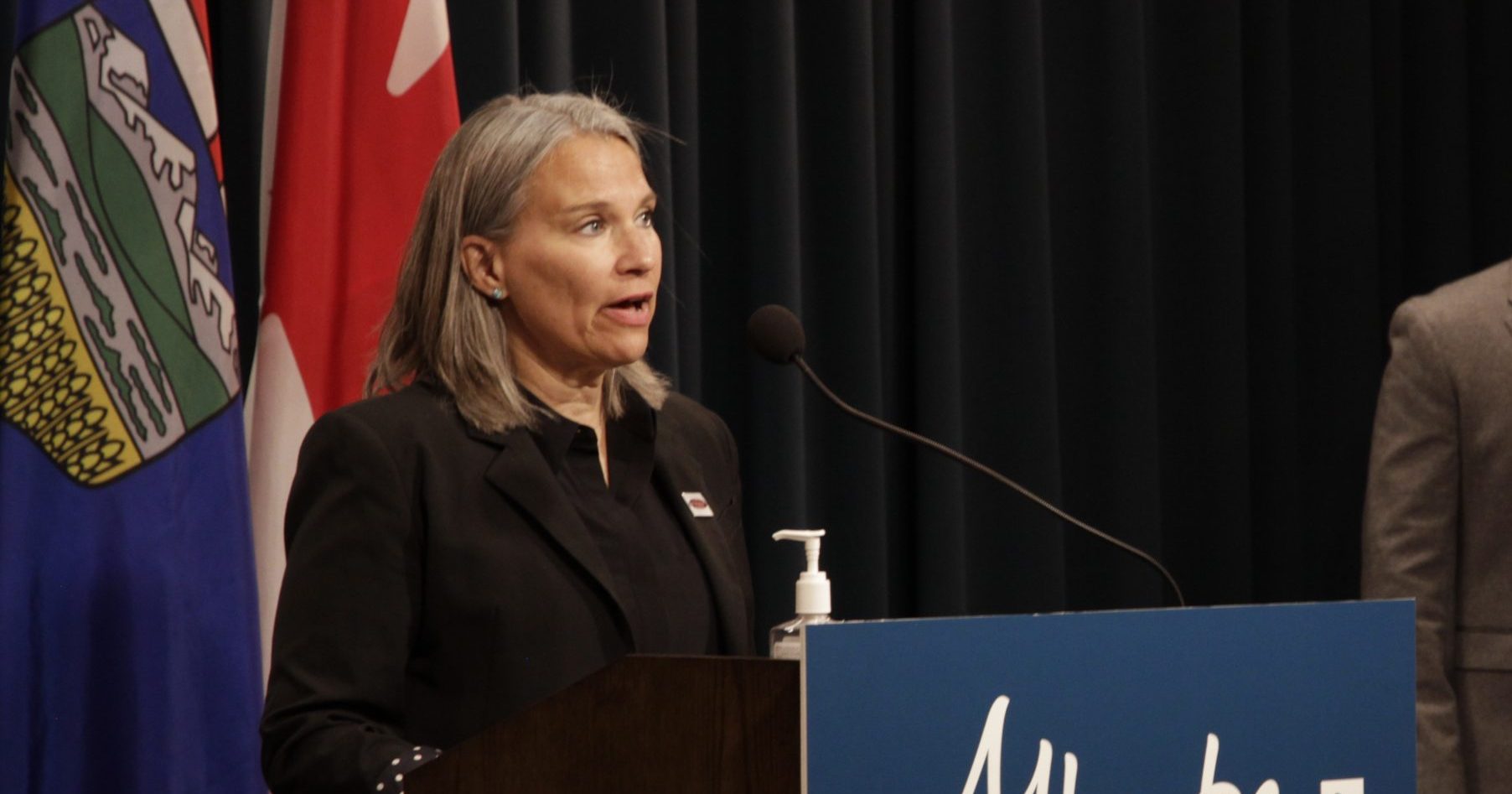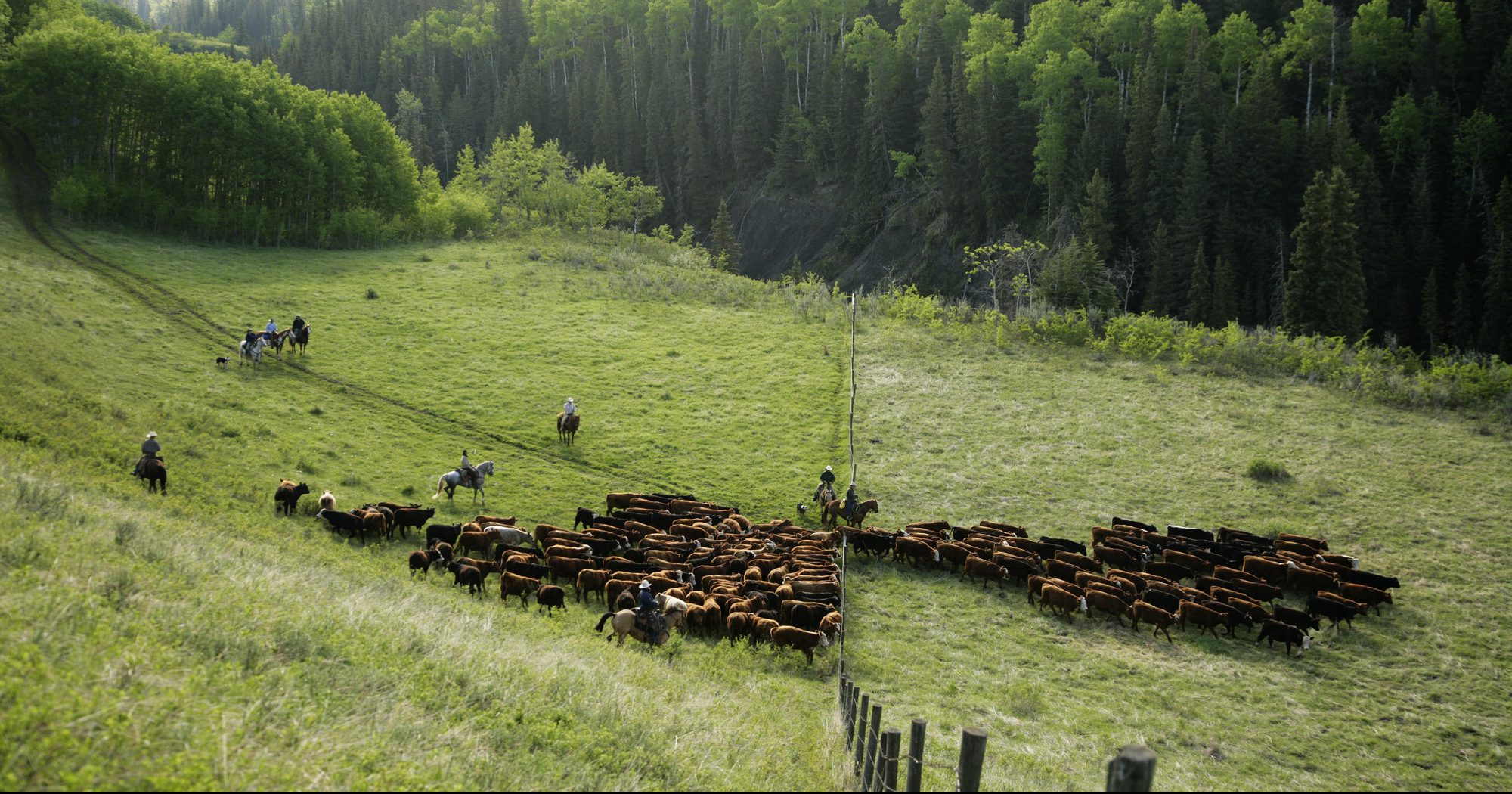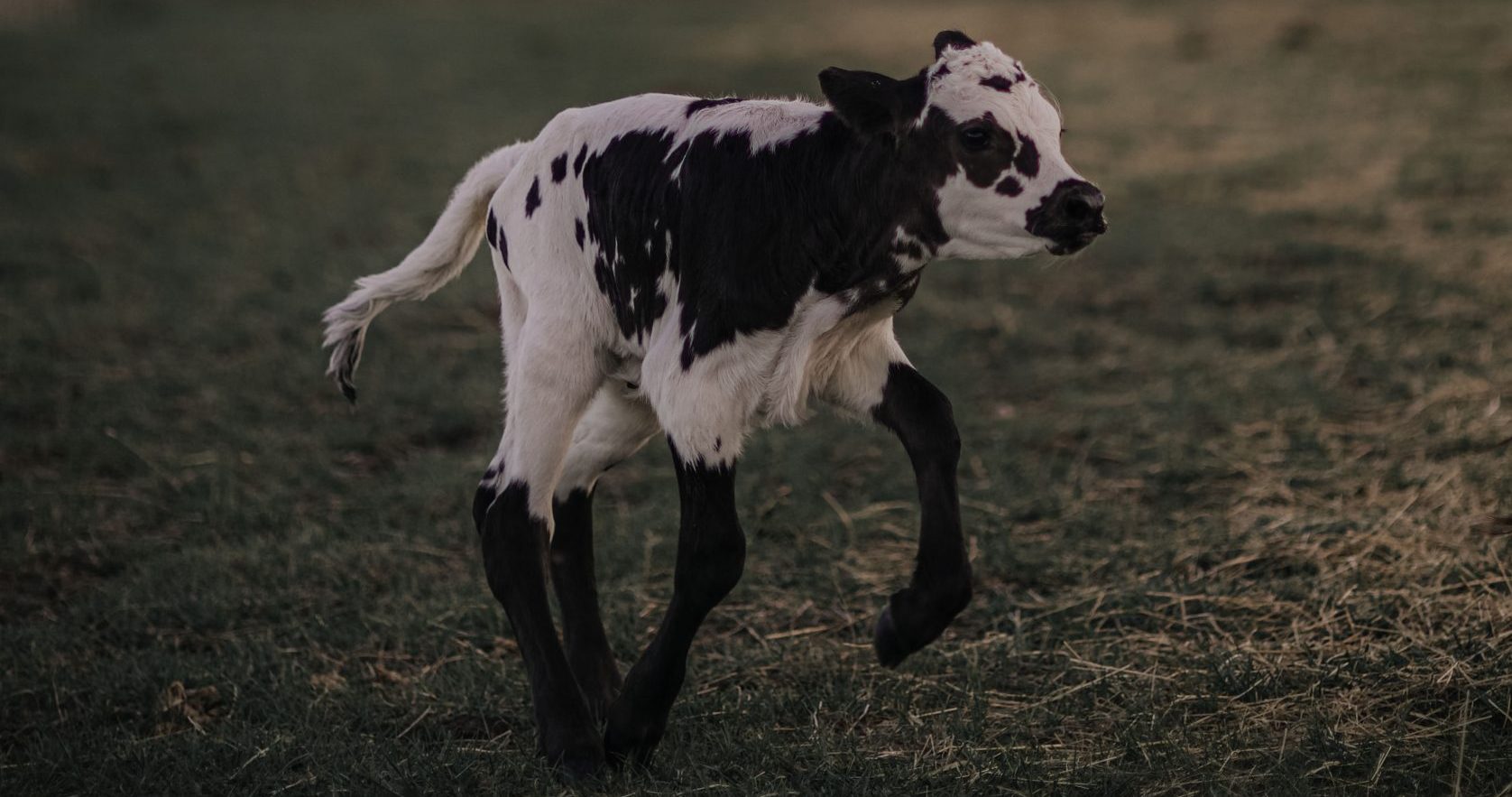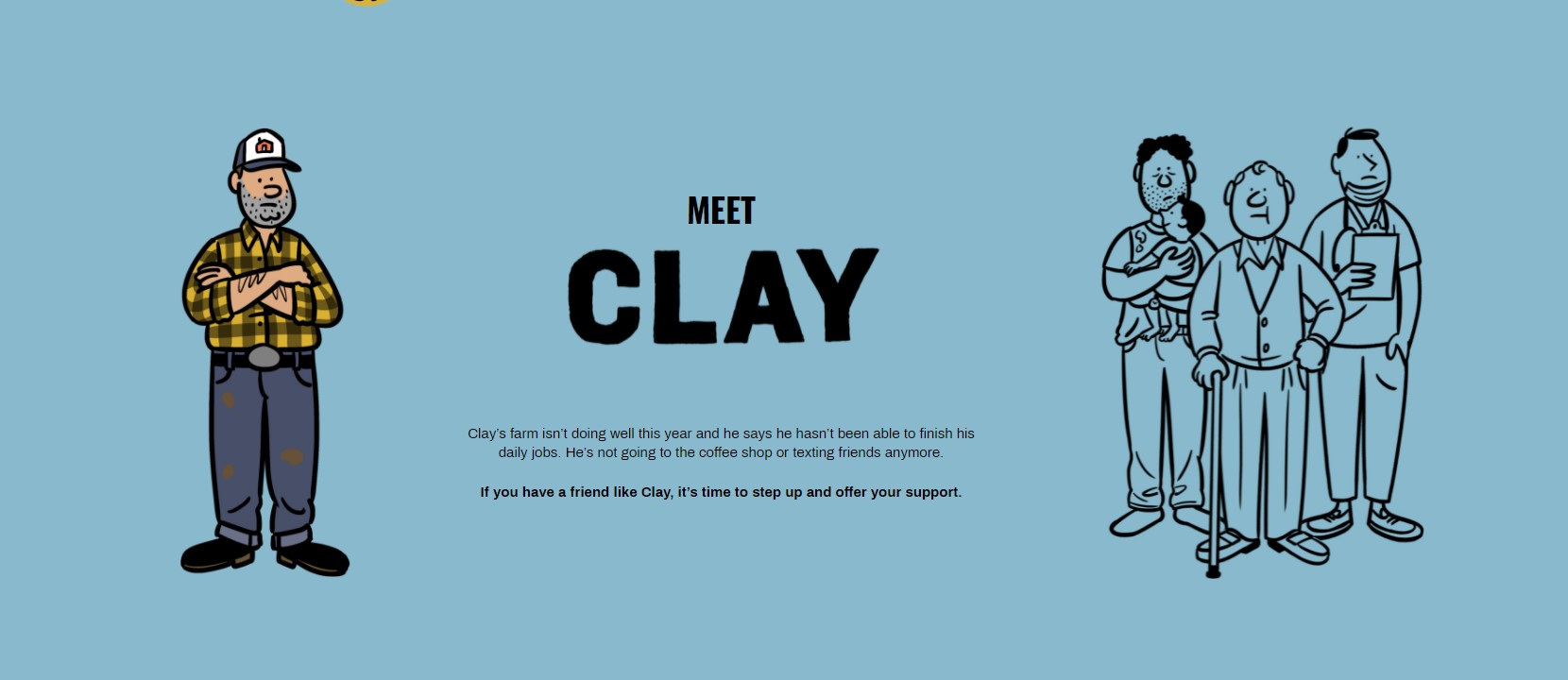AB Direct - Steers
Rail: ---
AB Direct - Heifers
Rail: ---
US Trade- Steers
Rail: ---
US Trade - Heifers
Rail: ---
Canadian Dollar
0.19
Warning: Ground beef is delicious and nutritious
Including ground beef as a product subject to Health Canada’s front-of-package (FOP) labelling proposal goes against the spirit of the regulation, says Karine Rekunyk. Rekunyk is a Registered Dietician who works as the Health and Nutrition Director at Canada Beef. Here’s what’s up with ground beef labelling in Canada “About half of our calories are…
Canadian politicians weigh in on #dontlabelmybeef
Support for ground beef to be exempt from Health Canada’s front-of-package labelling proposal is growing, with political parties of all kinds stepping up to the podium. On June 13, Jason Copping, Alberta Minister of Health; and Nate Horner, Alberta Minister of Agriculture, Food, and Rural Economic Development joined industry leaders from Alberta Beef Producers, Alberta…
What We’re Watching | Proposed health warnings on ground meat met with opposition
Issues with proposed front-of-package labelling made CBC’s The National this week: ‘What We’re Watching’ is a quick look at some of the issues and insights Alberta Beef Producers’ content creators and editors are watching to stay up-to-date, to broaden perspectives, and to explore issues relevant to the agriculture industry.
Alberta government supports exemption to front-of-package labelling for ground beef
The Government of Alberta is supporting efforts to exempt ground beef and ground pork from front-of-package labelling being proposed by Health Canada. Minister of Agriculture, Forestry and Rural Economic Development Nate Horner and Minister of Health Jason Copping held a press conference in Calgary to express their concerns over the current proposal. Here’s what’s up…
Canfax Weekly Article | Report for the week of June 13, 2022
Last week, Canfax fed steer and heifer price closed around $172.25/cwt, $1/cwt higher than the previous week. Alberta fed prices have averaged in the low $170’s/cwt for the past five weeks. Last week dressed sales were reported from $286.50-288.50/cwt FOB the lot. Ontario fed prices were trading at a $18/cwt premium against the Albert market,…
Here’s what’s up with ground beef labelling in Canada
Editor’s Note: Alberta Beef Producers reached out to Health Canada to join us on The Bovine in answering a list of supplied questions. Health Canada responded saying they “do not have an expert to provide for an interview on this issue at this time.” The issue In October 2016, Health Canada launched the Healthy Eating…
Survey: Attention Grazing Leaseholders
Earlier this year, a random sample of grazing leaseholders received a package in the mail regarding a grazing lease cost survey. Unfortunately, there has been very poor survey response. As this survey is being done to benefit disposition holders we need some help meeting the numbers necessary to provide significant cost reporting. The cost survey…
Developing a strong vaccination program
A good vaccination program for your calves is vital in protecting the health of your animals and ensuring your bottom line when it comes time to sell them. Kent Fenton is a veterinarian with Feedlot Health Management Services powered by TELUS Agriculture. “Calves can probably go through more stress of all sorts and still be…
What We’re Watching | Preserving the Canadian grasslands
Via Better Living TV Canada For hundreds of years, the Canadian grassland has been home to a cycle of harvest & restoration. Years ago, the bison would live, traverse, eat and thrive in the venerable Canadian grasslands; a true partnership of nature, where both animal & environment flourished. In our modern life, this legacy lives…
Out and about with Alberta Beef Producers
It has been a busy few months out and about with Alberta Beef Producers. I was able to attend a number of bull congresses, bull sales, our producer meetings and our AGM in Red Deer. While the Bull Congresses were perhaps smaller than they have been in previous years, the quality of the cattle on…
Getting the right message to consumers with online beef advocacy course
Nikki Olson is confident talking about cattle and their benefits with other cattle producers, but the farm-raised agronomist was unsure about the best way to talk about livestock to city folks. To ensure she had the best messages and tools to talk to consumers, Olson enrolled in the Beef Advocacy Canada program, a three-hour, online…
Introducing agriculture’s Buddy Up persona
We’ve given our buddies help with processing cattle, or picked up parts for them because we were in town anyway, but how often do we take the time to ask how they’re really doing? Last year the Centre for Suicide Prevention (CSP) added a character to their ever-growing list of personas. This is Clay. Clay was developed…


